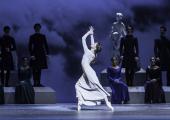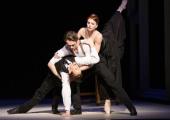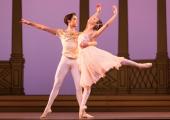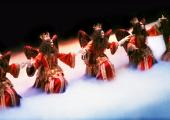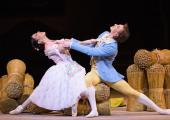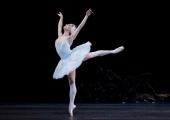La Fille mal gardée, Royal Ballet

Young love in yellow tights
In a world of terrifyingly serious news, the opening of the Royal Ballet season with Frederick Ashton's pastoral frolic La Fille mal gardée might seem like a wanton disregard for reality, like a brass band playing "Oh I do like to be beside the seaside" as the Titanic goes down. But that is to misunderstand the reason Fille is so beloved is that it has at its heart a perfectly serious and realistic topic: young love.

